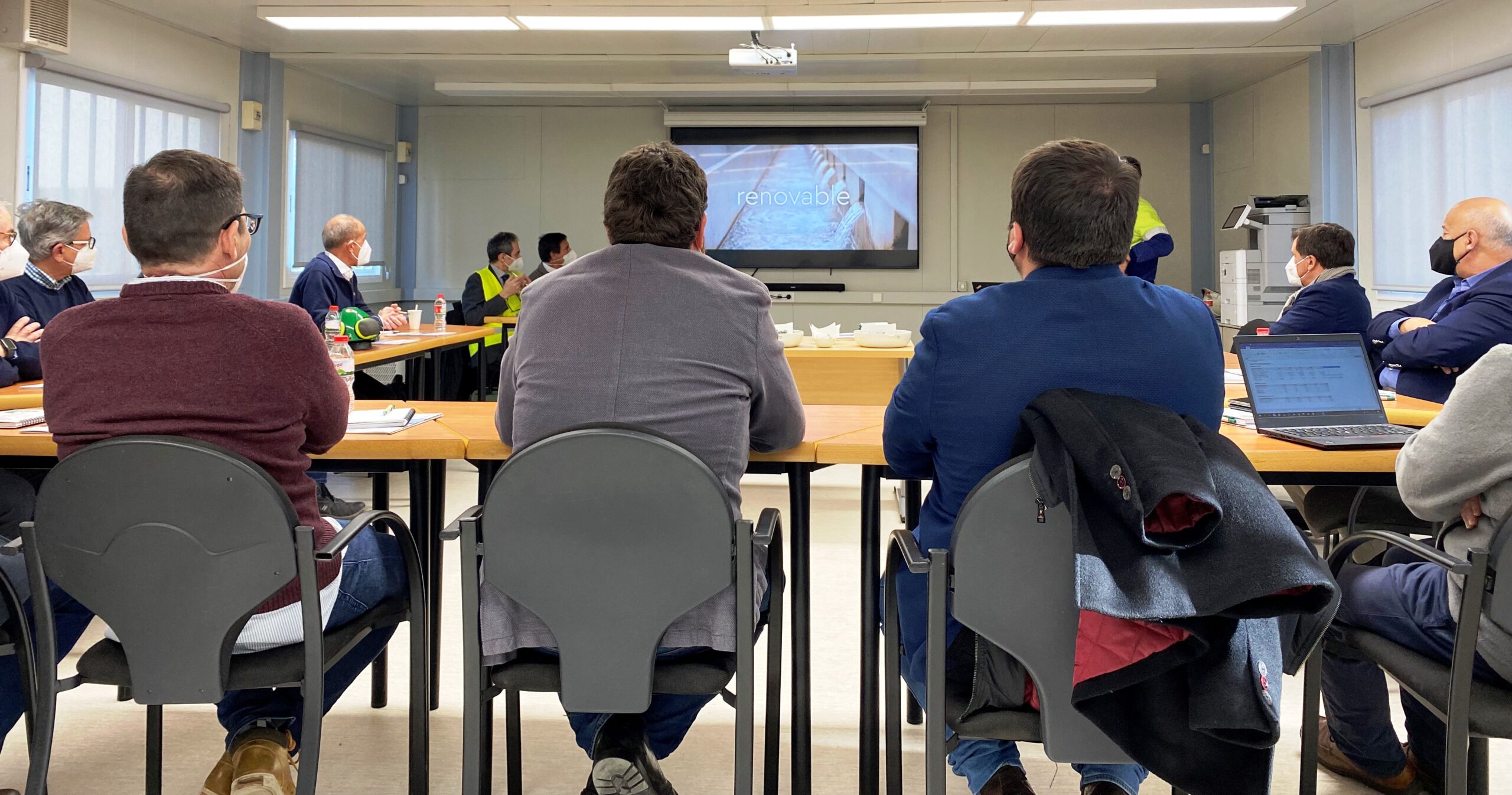A representation of Ciment Català, headed by President Salvador Fernández Capo, held a working session on environmental policies with a delegation from the Generalitat on January 27 at the Santa Margarida y els Monjos cement factory. Among the participants from the Administration were Marc Sanglas, general director of Environmental Quality and Climate Change (DGQAiCC) and Isaac Peraire, director of the Agència de Residus de Catalunya (ARC).
The meeting and visit focused the debate on the actions that the Catalan cement industry is developing in the areas of climate neutrality, Sustainability and Circular Economy. Ciment Català, after presenting the sector and its current situation, the industry and its products, presented the environmental objectives and activities and its Roadmap that seeks to reduce CO2 emissions to zero by 2050, with the increase in material and energy use of waste, the use of lower carbon cements and concretes, the implementation of carbon sequestration technologies or the use of energy from renewable sources, among others. Ciment Català also expressed its concern about how the eleventh final provision of Law 16/2017 can be developed, on climate change, which can very negatively affect the sector, producing important relocations of production.
The Generalitat delegation expressed its commitment to the progressive adoption of measures that facilitate the achievement of these objectives. The collaboration between both parties in the protection of the natural and atmospheric environment has been going on for two decades and has been formalized in the signing and successive renewals of the Voluntary Agreement for the efficiency in the use of resources and the transition towards a Circular Economy of the Catalan industry of cement, an Agreement that has involved the investment of more than 200 million euros by the factories, and which has served to position the Catalan sector as a European leader in environmental conduct.
The work session concluded with a tour of els Monjos plant facilities, with specific visits to the laboratory, control room, waste recovery area and quarry.

